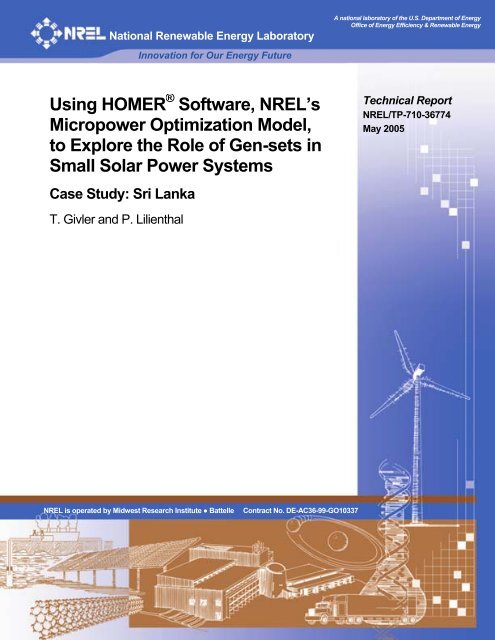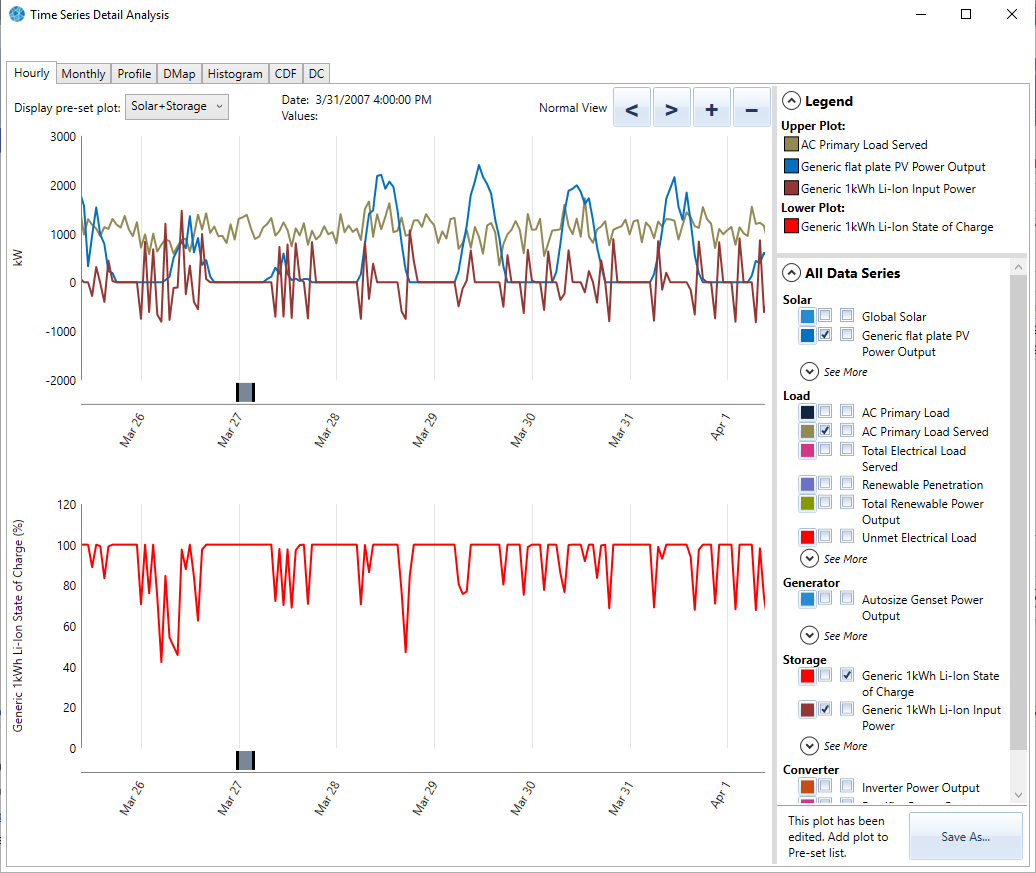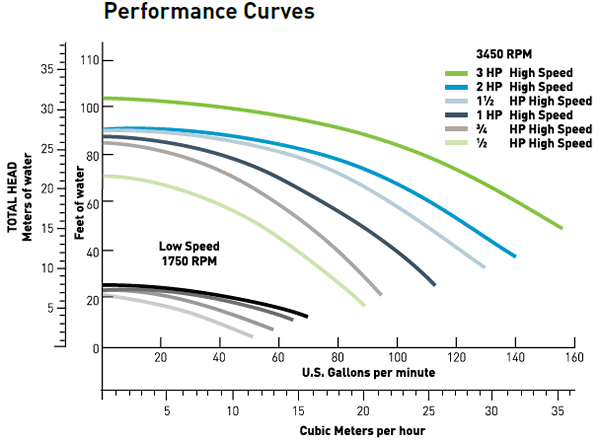
One method of reducing losses that does not affect the operation of the data center is using or replacing equipment like substation and PDU transformers with more efficient equipment.

That wasted electrical energy cost in conjunction with tighter operational budgets and commitment to sustainability have forced engineers and owners to take a stronger look at electrical systems to find ways to eliminate electrical losses. That means a data center with 2 MW of IT load and a yearly average PUE of 1.45 (2.9 MW of total load) has 348 kW in electrical losses and will spend approximately $300,000 a year on wasted electrical energy.

On average, electrical distribution system losses can account for 10% to 12% of the total energy consumed by the data center. The electrical system, however, also wastes energy in the form of losses due to inefficiencies in the electrical equipment and distribution system.
#Homer energy how to include efficiency curve free#
When designing a data center, most engineers, owners, and operators focus on the mechanical system and the ability to use free cooling to lower the PUE and increase efficiency. The higher the PUE number, the larger portion of the power is consumed by the support systems relative to the IT equipment itself, resulting in a less efficient data center.

Any value above 1.0 means that a portion of the total facility power is being diverted to support systems, such as cooling, lighting, and the power system. The optimum data center would have a PUE value of 1.0, where all the power going into the data center is being directly used to power the IT equipment. It compares the total data center facility’s power to the power used to operate the IT equipment. The goal of this article is to take a closer look at the different UPS operating modes and how they impact data centers and other mission critical facilities.Īlthough there are different metrics used to measure efficiency in data centers, the one most commonly used is power usage effectiveness (PUE), created by the Green Grid. The Green Grid defines eco mode as “one of several UPS modes of operation that can improve efficiency (conserve energy) but, depending on the UPS technology, can come with possible tradeoffs in performance.”ĭoes running the UPS in eco mode affect the operation of the UPS, making the overall system less reliable and potentially putting the critical load at greater risk? Is there a way to use eco mode to improve efficiency without compromising performance or reliability? These are questions that must be reviewed when considering designing and operating a critical facility with eco mode.

Similar to other equipment, the intent of running the UPS system in eco mode is to increase efficiency by reducing the amount of energy consumed by the UPS. The main function of an uninterruptible power supply (UPS) is to protect the critical load during an outage by supplying backup power from a stored-energy device, and by providing stable voltage and frequency.


 0 kommentar(er)
0 kommentar(er)
